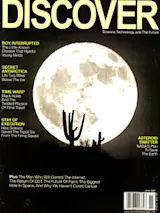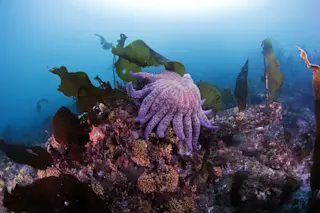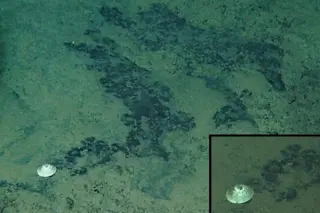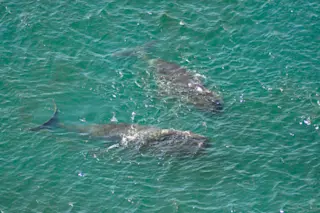Horns resounded along the docks in Dublin as a procession of about 50 boats made its way into the harbor. Leading the way was the 98-foot Sea Stallion, a Viking warship replica on the last leg of an experimental journey. Thousands of onlookers watched as the ship lowered its single square sail and its oars dipped into the water. The crowd cheered. After 965 years, the Sea Stallion—a replica of an 11th-century Viking vessel submerged off the coast of Denmark and built in Ireland—had finally come home.
Although Vikings are famous for sailing across the Atlantic to North America, raiding the coasts of Europe, pillaging North Africa, navigating the rivers of Russia, and even exploring the Caspian Sea, historians know relatively little about the technology used in the Viking longships. Hoping to reveal details on exactly how Viking ships were sailed, researchers from the Viking Ship Museum in Roskilde, Denmark, ...















